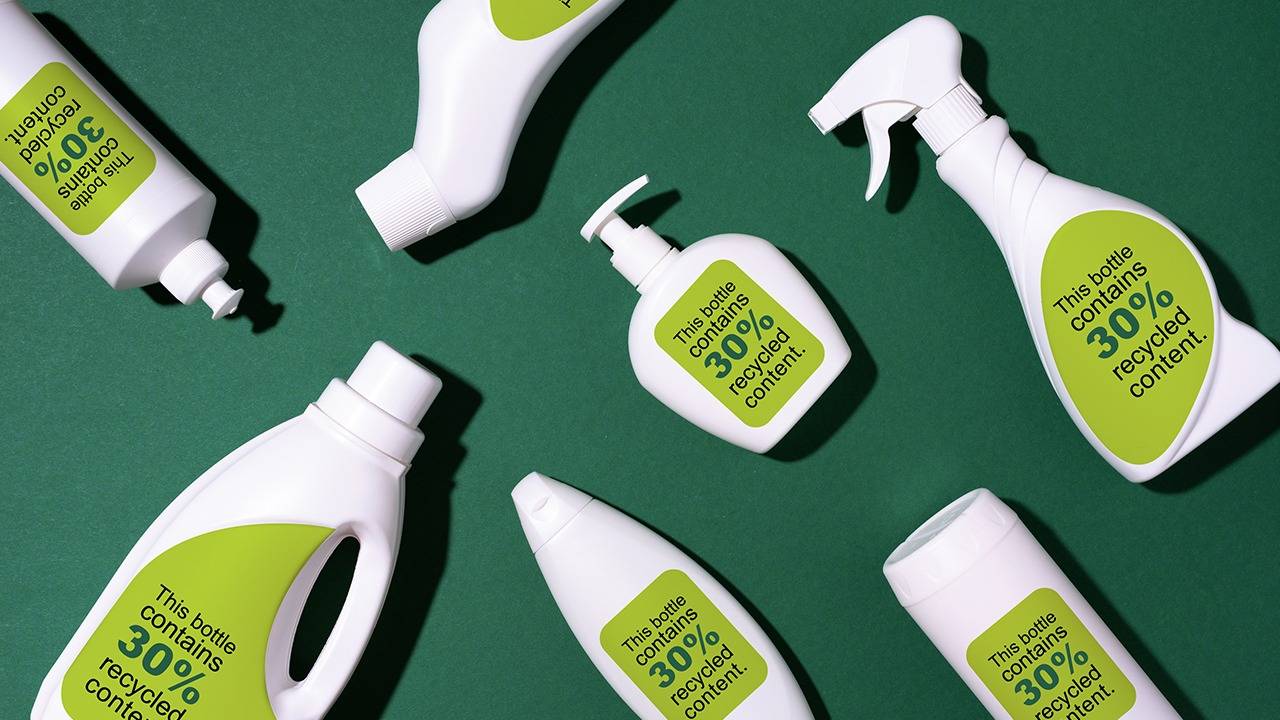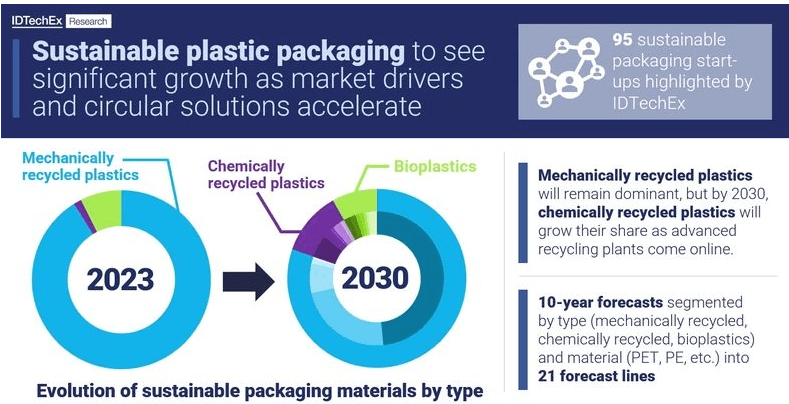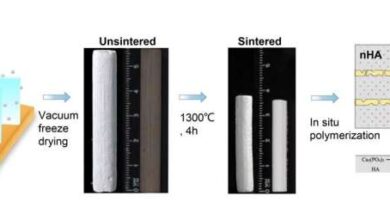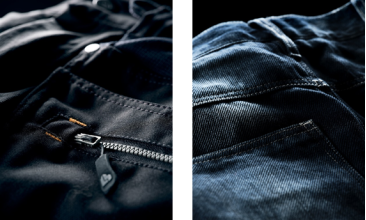
Baspar/Iranpolymer A recent market report released by IDTechEx assessing the market for sustainable packaging took an in-depth look at the aspects influencing its use and that play a role in advancing circularity. As the report notes, plastic consumption, which is expected to double globally by 2050, poses risks to the environment: current end-of-life disposal routes for the resulting plastic waste, such as incineration which contributes to air pollution or landfill, which can produce leachate containing toxic substances that end up in soil and water. On top of that, a significant amount of plastic waste is simply mismanaged and is leaked directly into the environment. The OECD estimates that nearly 80 million tonnes of plastic waste was mismanaged globally in 2019. As packaging accounts for about one-third of annual plastics production, transitioning to sustainable packaging could seriously impact this process. Sustainable packaging, write the authors of the report is a ‘critical component needed to advance circularity’.
The “Sustainable Packaging Market 2023-2033” report distinguishes 21 sustainable materials, divided into three key segments: mechanically recycled plastics, chemically recycled plastics, and bio-based plastics. The report also discusses the leading players, and technology trends driving the field and presents a forecast for the sustainable packaging market.

It includes a discussion on 95 sustainable packaging start-ups, material benchmarking, and granular 10-year market forecasts.
The report identifies the category of mechanically recycled plastics as the best end-of-life option for plastics in terms of carbon footprint and the main source of recycled plastics, especially polyethylene terephthalate (PET), today. IDTechEx predicts mechanical recycling will be the dominant source of sustainable plastics for packaging from 2023 to 2033, despite significant economic and technical problems such as contamination, recycled material prices, downcycling, and more, which many players are looking to address.These are problems that chemically recycled plastics do not have: the technologies used produce “new” virgin plastics, suitable even for sensitive applications, from mixed plastic waste that cannot be mechanically recycled. However, chemical recycling is not a magic bullet; it faces numerous economic, environmental, and ethical barriers to adoption. Still, by 2030, chemical recycling will grow into a notable contributor to the sustainable packaging market, the report predicts. Yet, even if all the plastic produced every year were 100% recycled, there would still be a need for virgin feedstock to meet growing consumption. Bio-based plastics, synthesized from biobased feedstocks, can replace incumbent fossil-based plastics here. Given their biobased origin, these plastics are a renewable alternative to incumbent petroleum-based plastics. Many biobased polymers, including biobased PET and PE, polyhydroxyalkanoates (PHAs), nanocellulose, and others, are being explored by major materials players and startups for application in packaging. Other biobased materials, like non-wood plant fibres and mycelium, are also seeing increasing attention for circular packaging solutions. IDTechEx’s analysis of 95 startups operating in sustainable packaging identified over twenty different biobased materials with over US$4 billion in investment. With such market interest, IDTechEx forecasts that bioplastics will be a consistent contributor to decarbonisation efforts.
sustainableplastics






